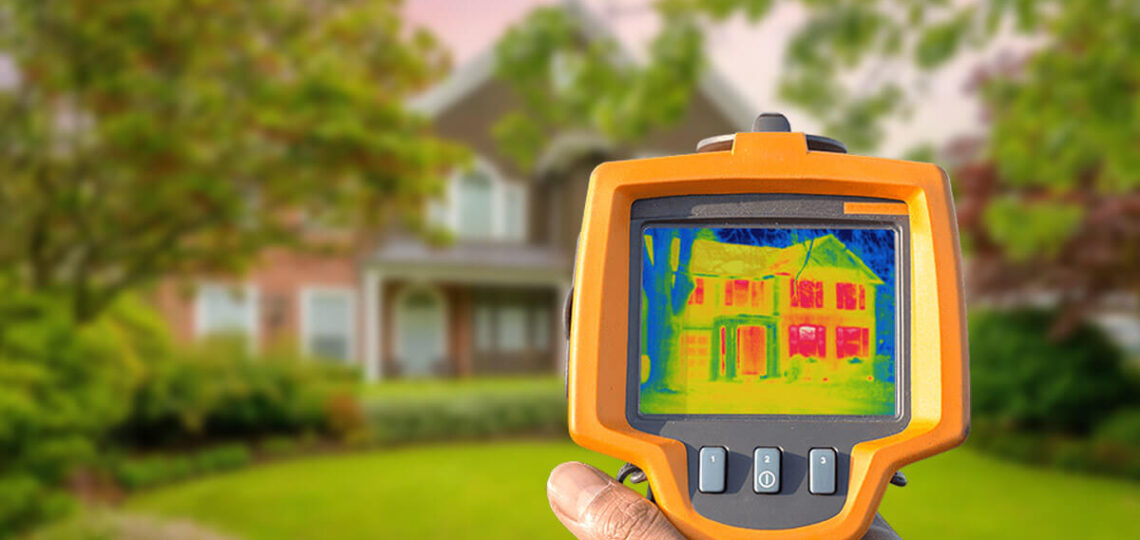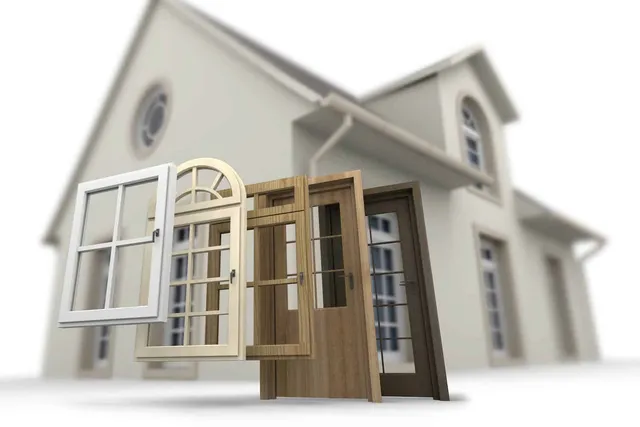
Upgrade Windows and Doors for Greater Energy Efficiency
Upgrade Your Windows and Doors for Enhanced Efficiency
When considering renovations for older homes, window and door replacement emerges as a critical milestone. Modern windows and doors are not only aesthetically pleasing but also highly efficient in regulating indoor temperatures. For homeowners, especially those with properties that are over 15 years old, upgrading to energy-efficient models reduces energy bills and minimizes environmental impact.
Choosing the right materials is essential. Opt for windows featuring low-emissivity (low-E) glass, which helps to reflect heat back into the room during winter and keep it out during summer. Pairing these windows with durable frames made from materials like vinyl or fiberglass can enhance durability and weather resistance. If you’re tackling door replacements, consider energy-efficient doors that offer improved insulation properties and secure seal mechanisms to eliminate drafts.

Improving Insulation for A Cozier Home
Another significant factor in energy efficiency is insulation. An inadequately insulated home can result in high energy consumption, especially in regions battling harsh climates. Residents can substantially lower their heating and cooling costs by upgrading insulation in key areas such as attics, walls, and basements.
Consider these key insulation types:
- Fiberglass Batts: These are easy to install and can effectively reduce heat transfer.
- Spray Foam Insulation: Known for creating an airtight seal, it’s ideal for irregular spaces.
- Blown-In Insulation: A suitable choice for attics to fill gaps and voids.
Selecting the right insulation materials can significantly impact your home’s energy efficiency, comfort, and resilience.
Smart Renovation Choices for Future Savings
For property owners planning to sell or rent, investing in energy-efficient renovations is a strategic decision that can enhance your home’s marketability. Potential buyers and renters are increasingly looking for homes that not only offer comfort but also lower operational costs. Including modern upgrades such as new windows/doors and superior insulation can lead to quicker sales and higher sale prices.
If you’re environmentally conscious, choosing durable concrete solutions and masonry products from Canadian suppliers can further contribute to your renovation goals. Sustainable products not only serve homeowners well but also promote longevity for the environment.
In summary, exploring energy-efficient solutions in home renovations not only improves comfort but serves as a long-term investment in both finances and the planet, making it a prudent decision for today’s aware homeowner.
Implementing Energy-Efficient Heating and Cooling Systems
An essential element of improving your home’s energy efficiency is upgrading your heating and cooling systems. Traditional systems can lead to significant energy waste, resulting in higher utility bills. By installing energy-efficient appliances, homeowners can not only achieve better comfort but also save money in the long run. The right choices in heating and cooling can create a more sustainable living environment.
Here are some energy-efficient options to consider:
- Programmable Thermostats: These devices allow you to set specific temperatures for different times of the day or week, optimizing the use of your HVAC system.
- High-Efficiency Furnaces and Air Conditioners: Look for systems with high Energy Star ratings which signify lower energy use while performing effectively.
- Heat Pumps: Ideal for mild climates, these systems can heat and cool, offering versatility and efficiency.
By investing in modern heating and cooling systems, homeowners can drastically reduce energy consumption while maintaining a comfortable living space.

Utilizing Renewable Energy Sources
In addition to upgrading your systems, integrating renewable energy solutions can significantly boost your home’s energy efficiency. Solar power, for instance, has become increasingly accessible and cost-effective, making it an attractive option for many homeowners. Installing solar panels can drastically decrease reliance on the grid, reducing overall energy costs.
Here are some ways to incorporate renewable energy into your home:
- Solar Panels: Install on rooftops to convert sunlight into electricity, providing a clean energy source and reducing bills.
- Solar Water Heaters: Use the sun’s energy to heat water, which can diminish reliance on traditional electric water heaters.
- Geothermal Energy: Leverage the earth’s constant temperature to heat and cool your home more efficiently.
Implementing these renewable energy solutions not only enhances home energy efficiency but also contributes positively to the environment.
Incorporating Energy-Efficient Appliances
Another significant aspect of home renovations includes updating to energy-efficient appliances. Older appliances tend to use more energy and water, leading to unnecessary expenses. Energy-efficient models are designed to consume less energy without sacrificing performance, making them a smart investment for every homeowner.
Consider these energy-efficient appliances:
- Energy Star Rated Refrigerators: These use less electricity and often come with advanced features like better insulation and temperature controls.
- High-Efficiency Washers and Dryers: These appliances consume less water and energy, which translates to savings on utility bills.
- LED Lighting Solutions: Swapping out traditional bulbs for LED lights can drastically reduce energy consumption and improve lighting quality.
By making the switch to energy-efficient appliances, you not only promote a sustainable lifestyle but also enhance the overall value of your home.
Enhancing Outdoor Spaces for Energy Efficiency
Revamping your outdoor spaces can also yield significant energy savings and improve your home’s overall efficiency. Thoughtfully designed landscapes can reduce energy consumption, particularly related to heating and cooling. By taking advantage of natural elements, homeowners can create an environment that helps regulate temperatures while enhancing curb appeal.
Here are some energy-efficient landscaping strategies:
- Deciduous Trees: Planting these trees on the south and west sides of your home can provide shade during hot summer months, reducing the need for air conditioning.
- Windbreaks: Positioning evergreen shrubs or trees around your property can block cold winds in winter, helping to maintain a warmer indoor temperature.
- Native Plants: Selecting drought-resistant plants for your garden can lower water consumption and enhance your home’s sustainability profile.
Incorporating these landscaping features not only supports energy efficiency but also fosters a more enjoyable outdoor space.
Maintenance for Long-Term Energy Savings
Finally, regular maintenance plays a crucial role in ensuring that all your energy-efficient investments yield optimal results. Scheduled inspections and upkeep of your upgraded systems, appliances, and insulation can prevent issues that lead to energy loss. By staying proactive with maintenance, homeowners can ensure that their renovations remain effective for years to come.
Key maintenance tasks include:
- Regular HVAC Inspections: Ensure that heating and cooling systems are functioning efficiently by having them serviced at least once a year.
- Sealing Ducts and Vents: Check for leaks and seal any gaps to prevent conditioned air from escaping.
- Cleaning and Replacing Filters: Keeping filters for HVAC and appliances clean helps them run efficiently and effectively.
By committing to ongoing maintenance, homeowners can maintain their home’s energy efficiency, leading to continued comfort and cost savings. Ultimately, crafting a comfortable, energy-efficient home is an ongoing process that requires thoughtful upgrades, regular care, and a willingness to explore new energy solutions.

